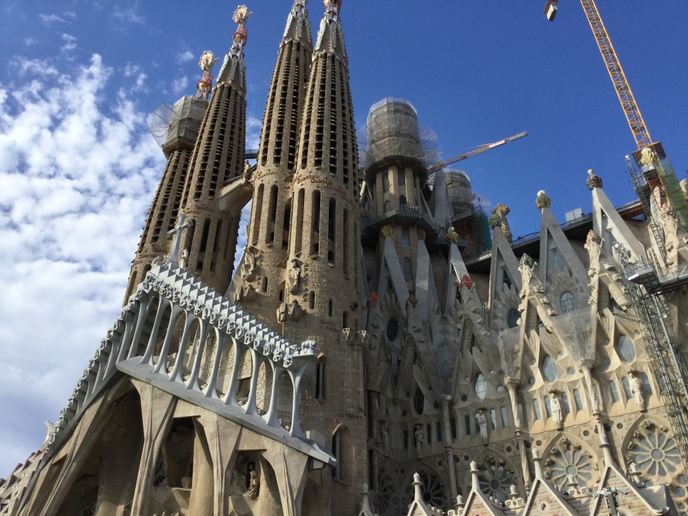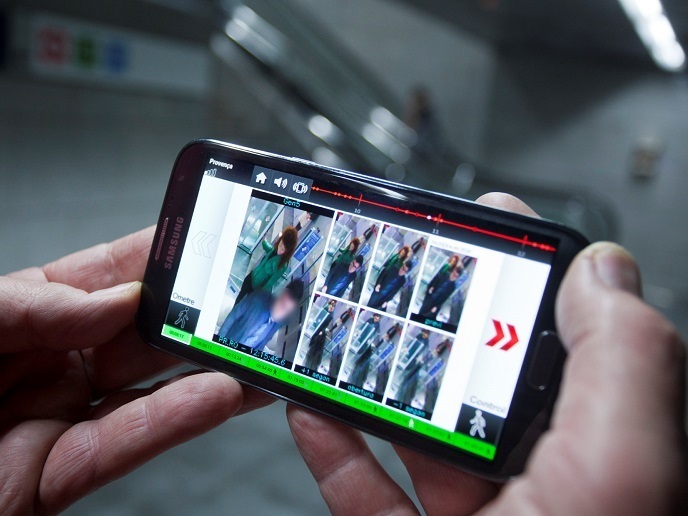Realistic augmented reality
The BENOGO project focused on developing new tools that would offer people the experience of presence of real and possibly unknown places without actually going there. In order to achieve this, innovative camera technologies were further developed to allow realistic 3D visualisation of real and possibly known places for a moving observer. On the basis of advanced Image Based Rendering (IBR) technology the developed techniques allow generation of new images from other images not graphics. The employed IBR techniques imitate the illumination conditions of the real scene when rendering the augmented virtual objects. Thereby, the virtual objects that are not provided with illumination won't be as distinguishable as the augmented ones. Emulation of the illumination environment for a static scene, relighting images of real scenes and estimation of the changing illumination of outdoor scenes were three key areas that were addressed. All developed sub-techniques are applicable in interactive, real-time augmented reality systems that may be used for entertainment, education, even design prototyping and interactive apparatus repair. A prototype augmented reality system was built that allows exploration of a real scene through panning and tilting a flat panel screen that is pole mounted. The screen displays a video stream of the real world along with arbitrary augmentations, such as historic buildings or events. In all augmentations the emulating illumination conditions are those of the real scene, rendering them almost photo-realistic. Photo: Using the latest advances in illumination estimation for Augmented Reality it is possible to visualize virtual 3D objects in a scene with proper lighting and shadow characteristics.







